

Dunedin
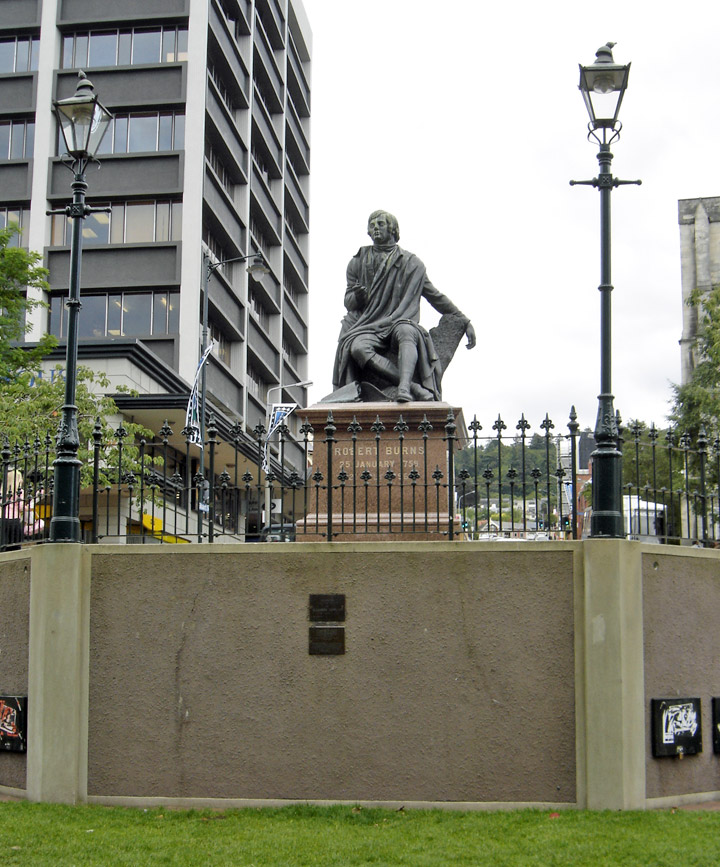
Robert Burns
Dunedin, Ōtepoti in Maori, is the second-largest city in the South Island of New Zealand, and the principal city of the region of Otago. It is New Zealand's fifth largest city in population, the largest in size of council boundary area, and the hub of the sixth-largest urban area. For historical and cultural reasons and its location, Dunedin is considered one of the country's four main centres, although Hamilton has overtaken it in urban-area population and Tauranga has a slightly larger urban-area population.
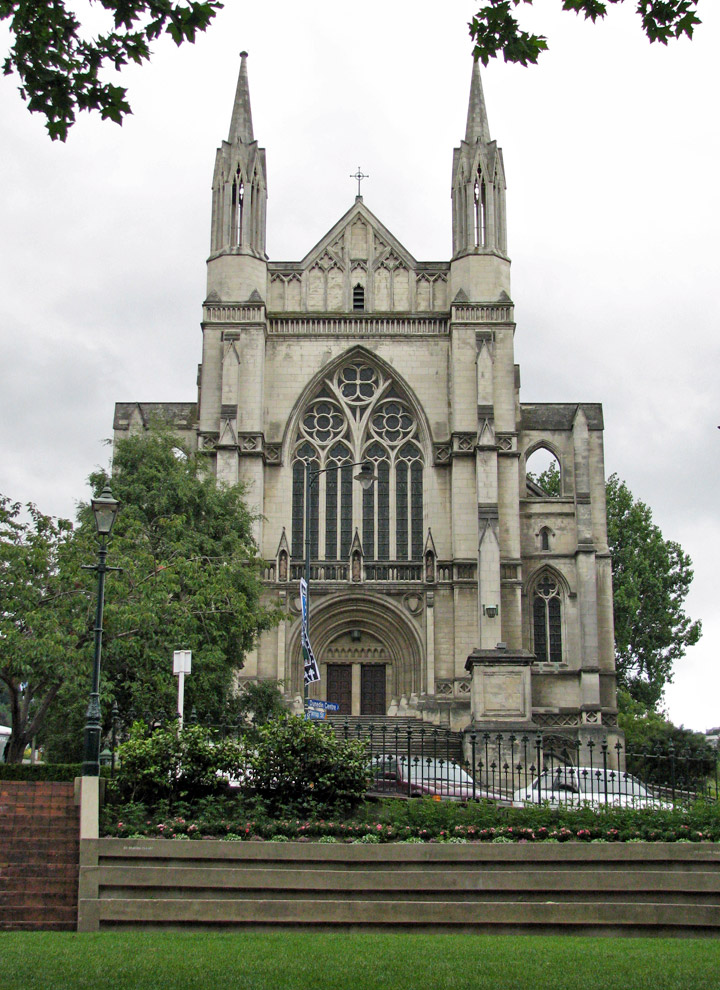
Anglican cathedral
The city stands on the hills and valleys surrounding the head of Otago Harbor.
The harbor and hills are the remnants of an extinct volcano. It is the home of
the University of Otago.
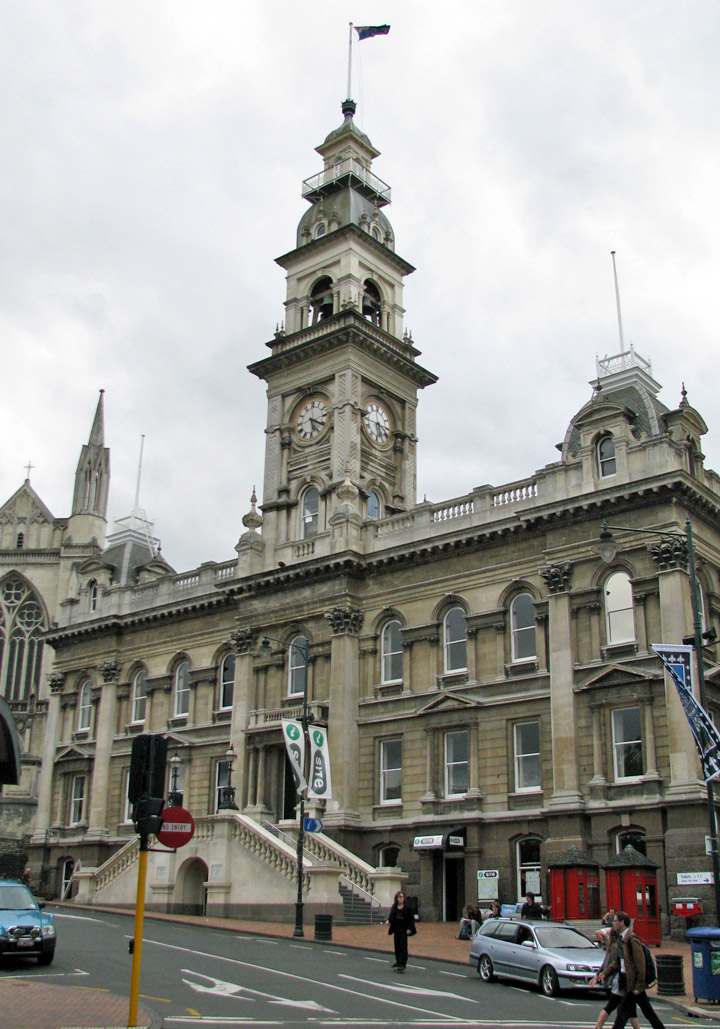
Modern archaeology favours a date round AD 1100 for the first human (Māori)
occupation of New Zealand with population concentrated along the south east
coast. A camp site at Kaikai's Beach, near Otago Heads, has been dated from
about that time. There are numerous Archaic (moa hunter) sites in what is now
Dunedin, several of them large and permanently occupied, particularly in the
fourteenth century. Population contracted but expanded again with the evolution
of the Classic culture which saw the building of several pa, fortified
settlements, notably Pukekura at (Taiaroa Head), about 1650. There was a
settlement in what is now central Dunedin (Ōtepoti) occupied as late as about
1785 but abandoned by 1826.
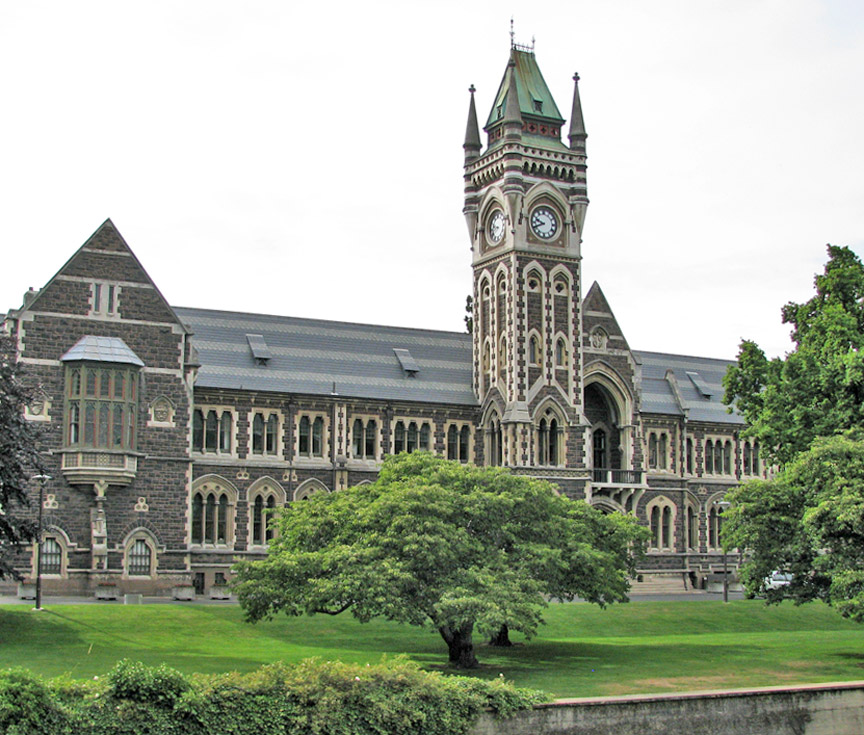
University of Otago
Maori tradition tells first of people called Kahui Tipua living in the area, then Te Rapuwai, semi-legendary but considered to be historical. The next arrivals were Waitaha followed by Kati Mamoe late in the sixteenth century and then Kai Tahu (Ngai Tahu in modern standard Māori) who arrived in the mid seventeenth century. These migration waves have often been represented as 'invasions' in European accounts but modern scholarship has cast doubt on that. They were probably migrations like those of the European which incidentally resulted in bloodshed.
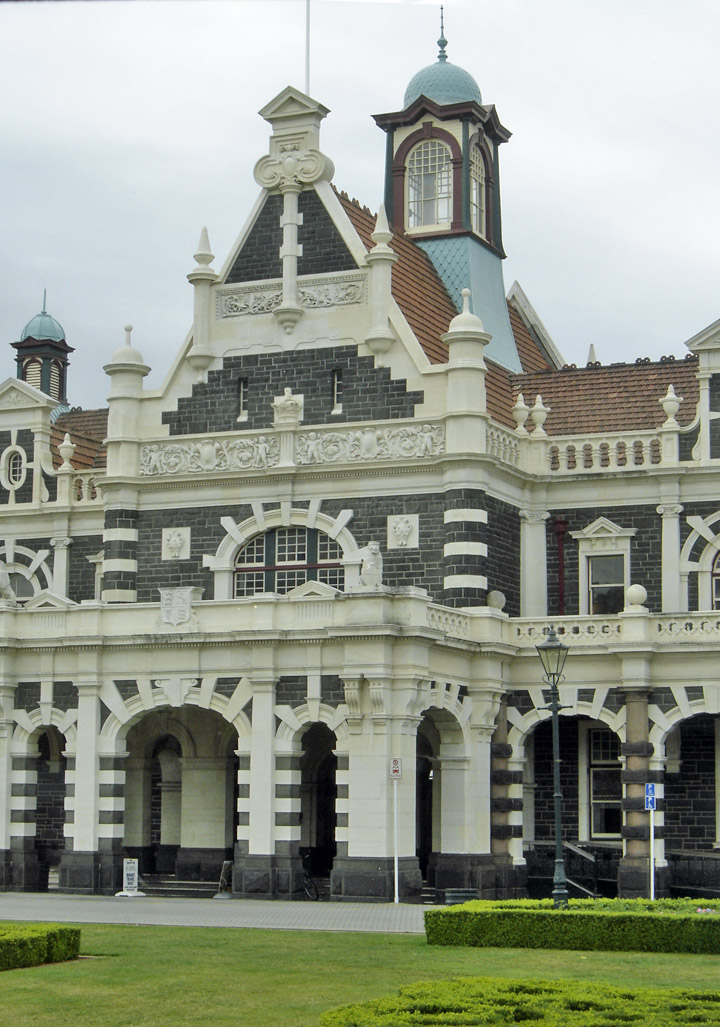
train station
The sealer John Boultbee recorded in the 1820s that the 'Kaika Otargo' (settlements around and near Otago Harbour) were the oldest and largest in the south.
Text from Wikipedia
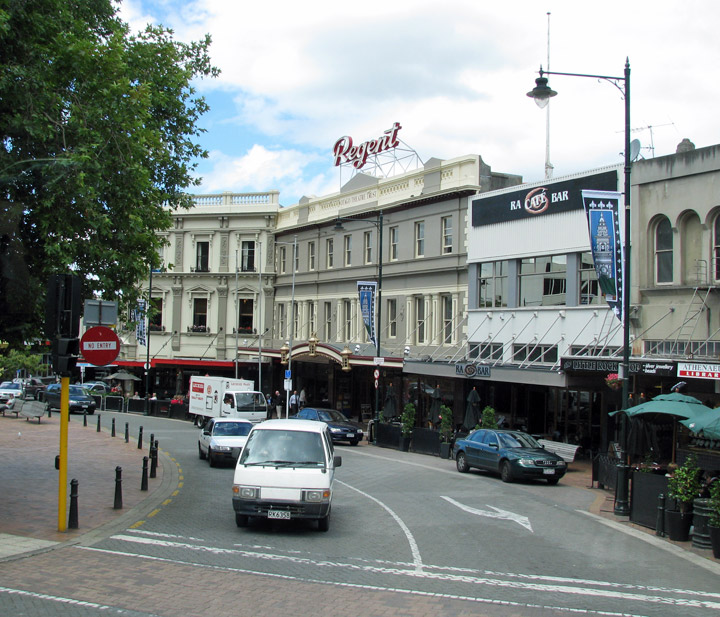

Gresham Hotel
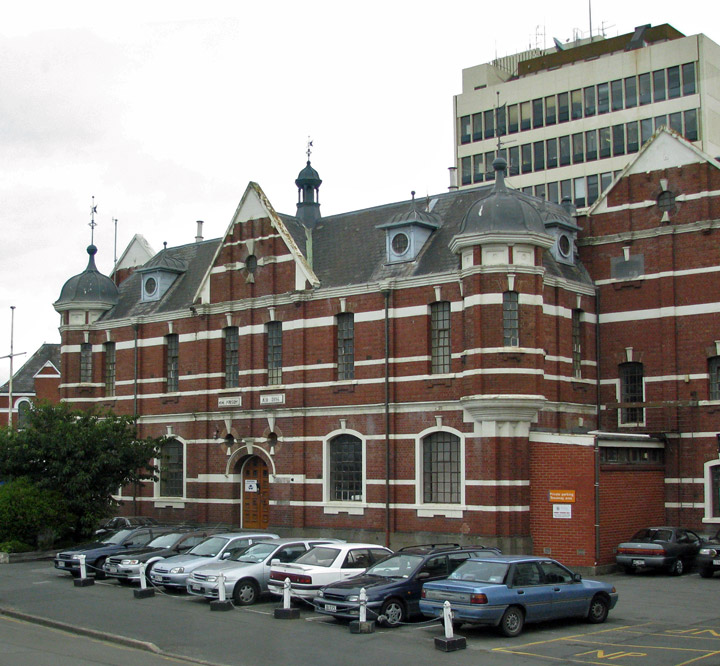
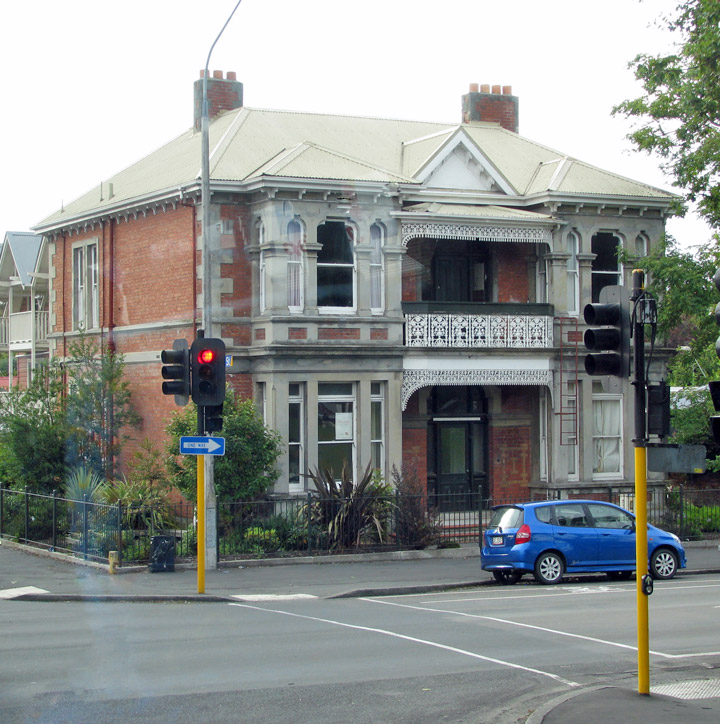


hotel facade with elaborate fire stairs
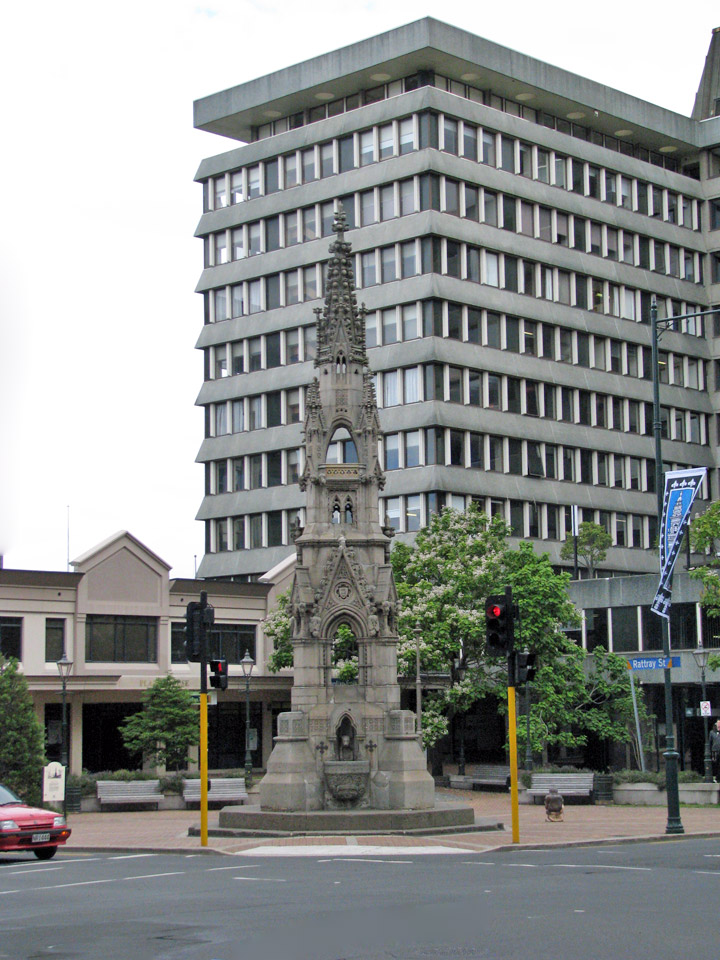

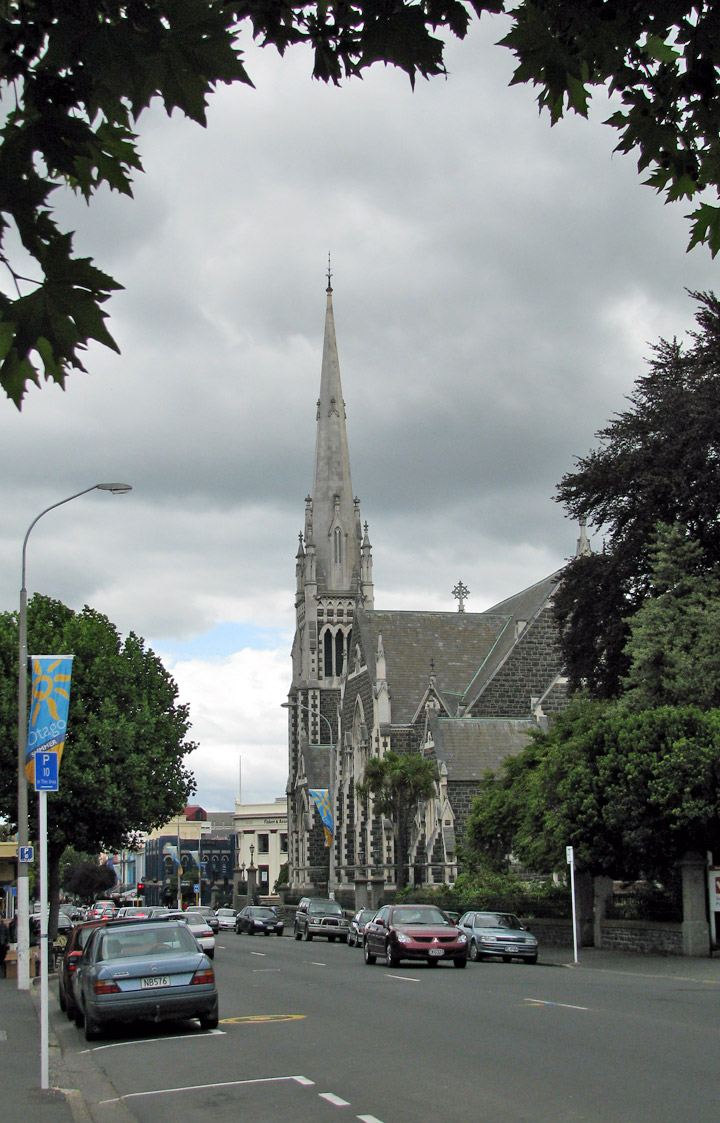

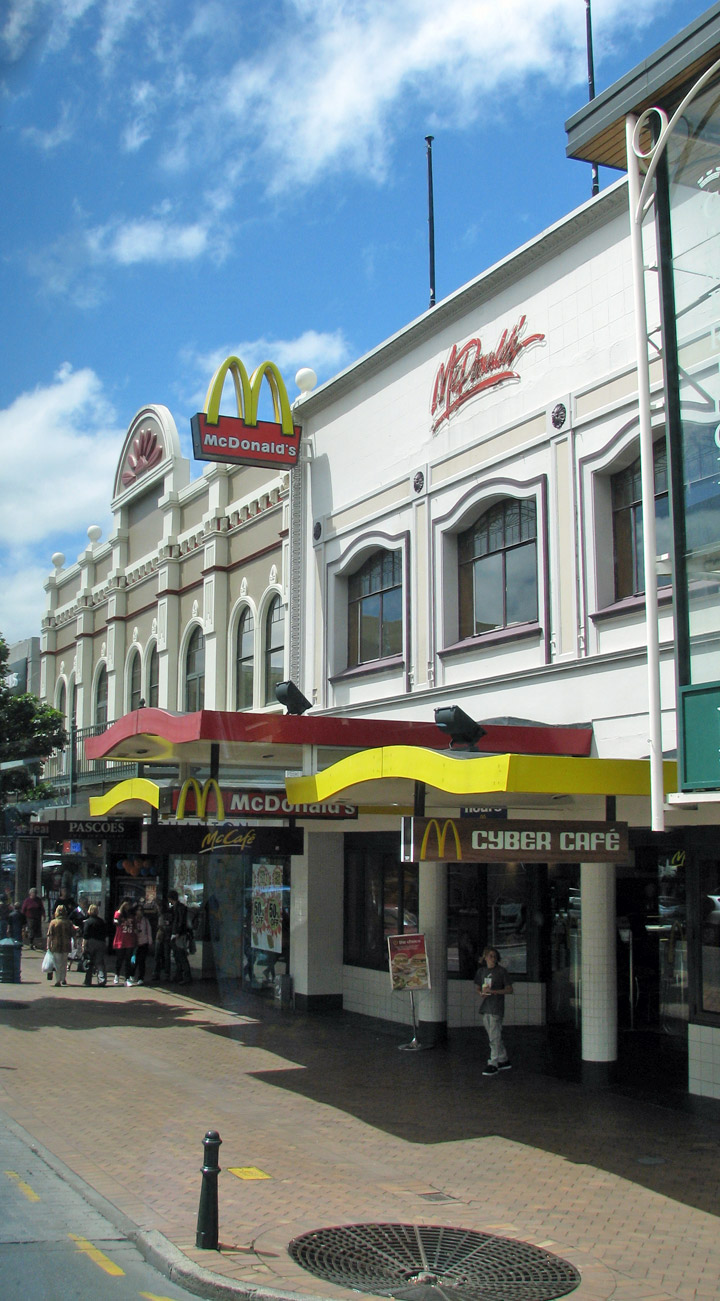
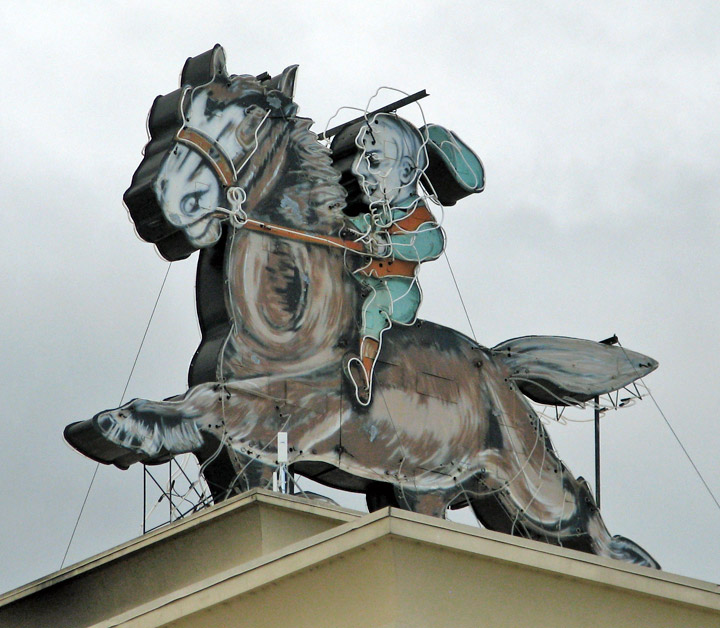

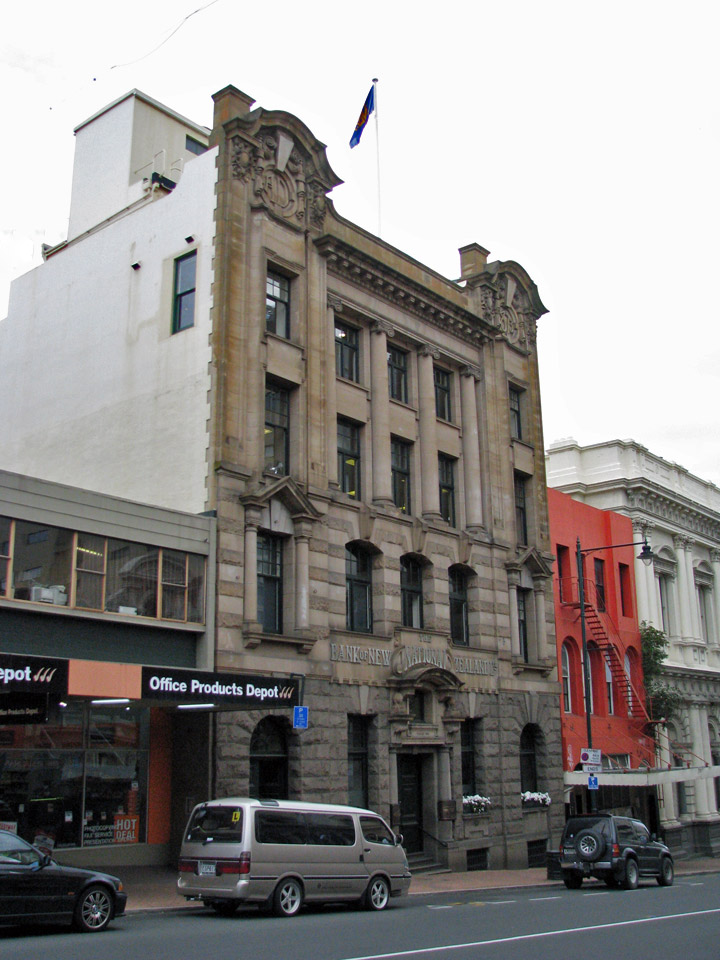
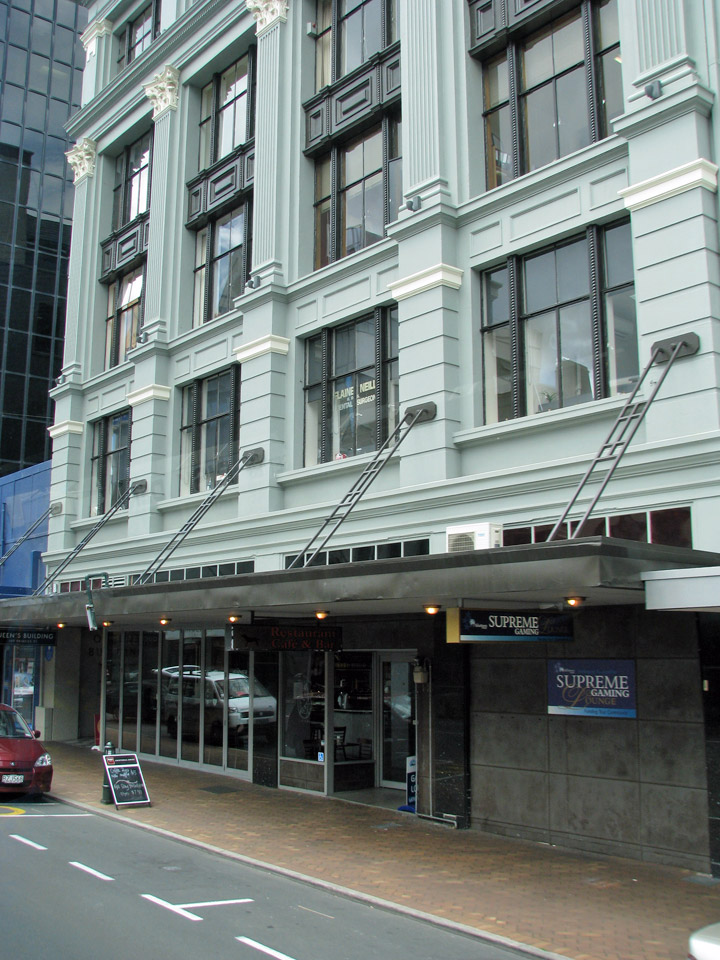
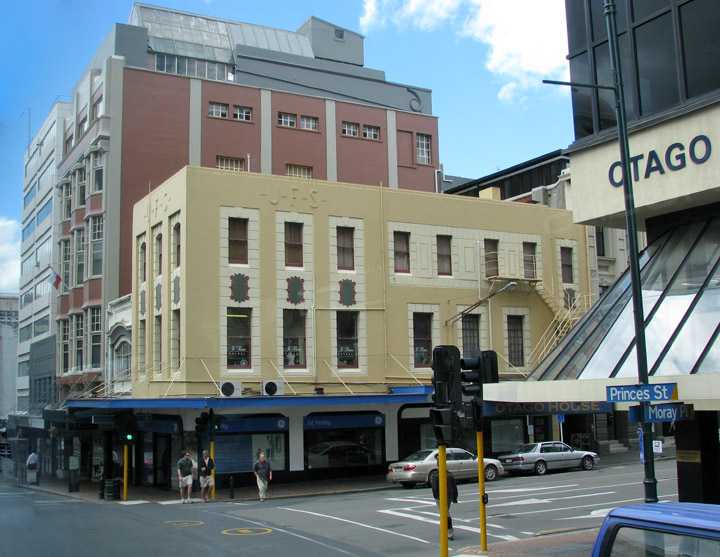

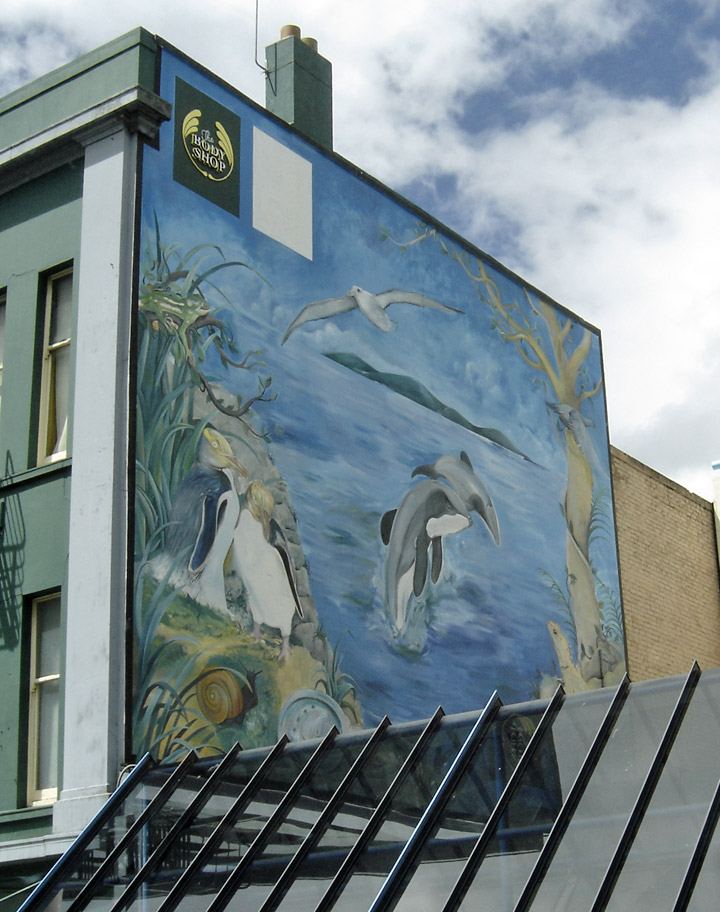
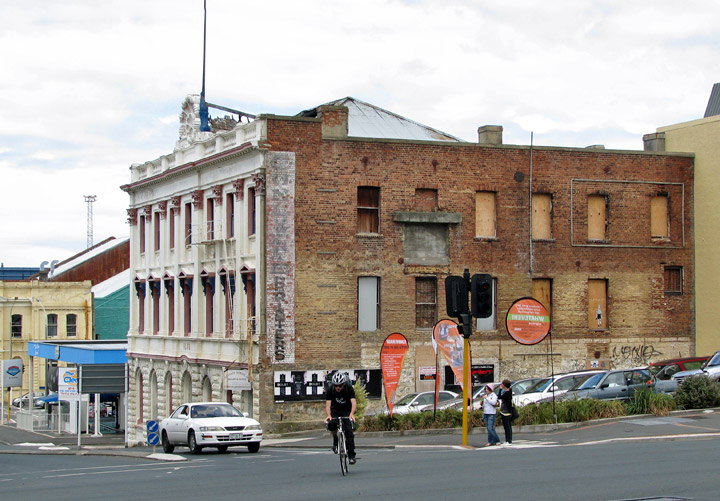
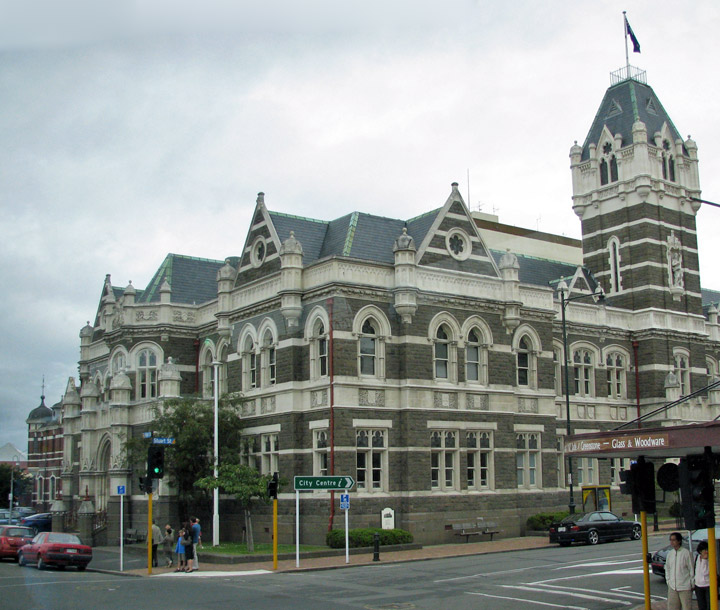
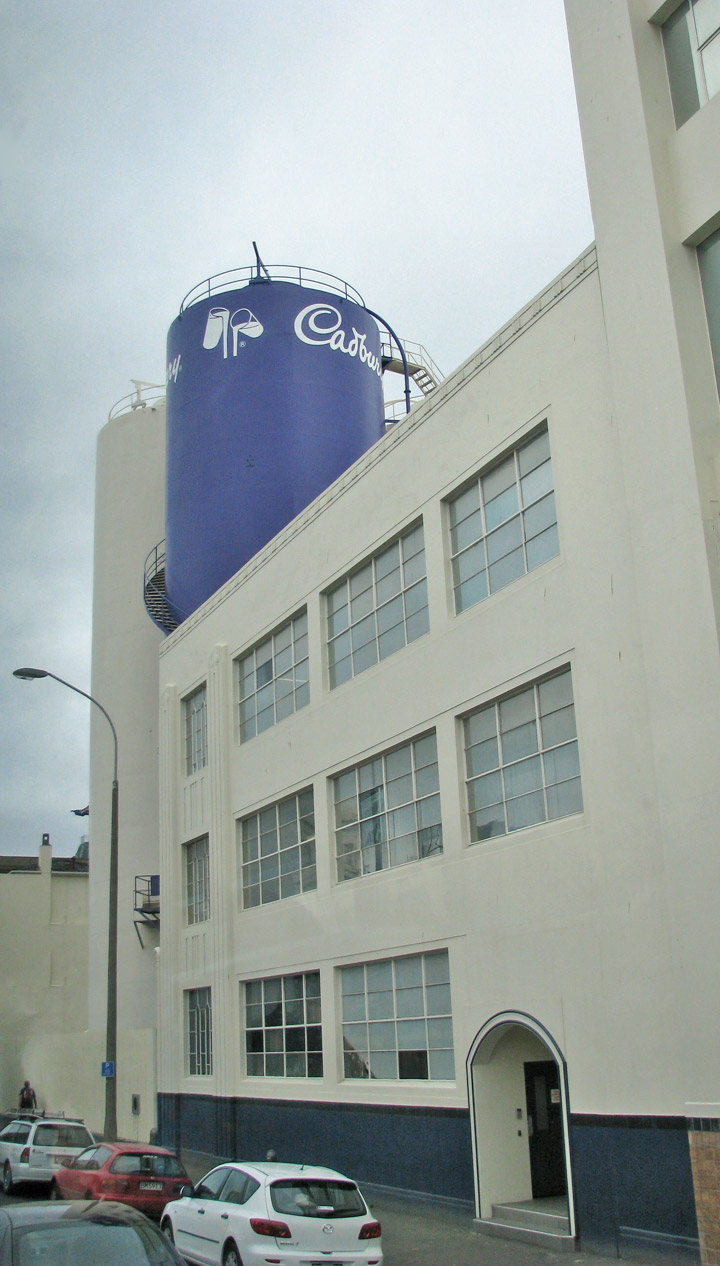
Cadbury chocolate factory
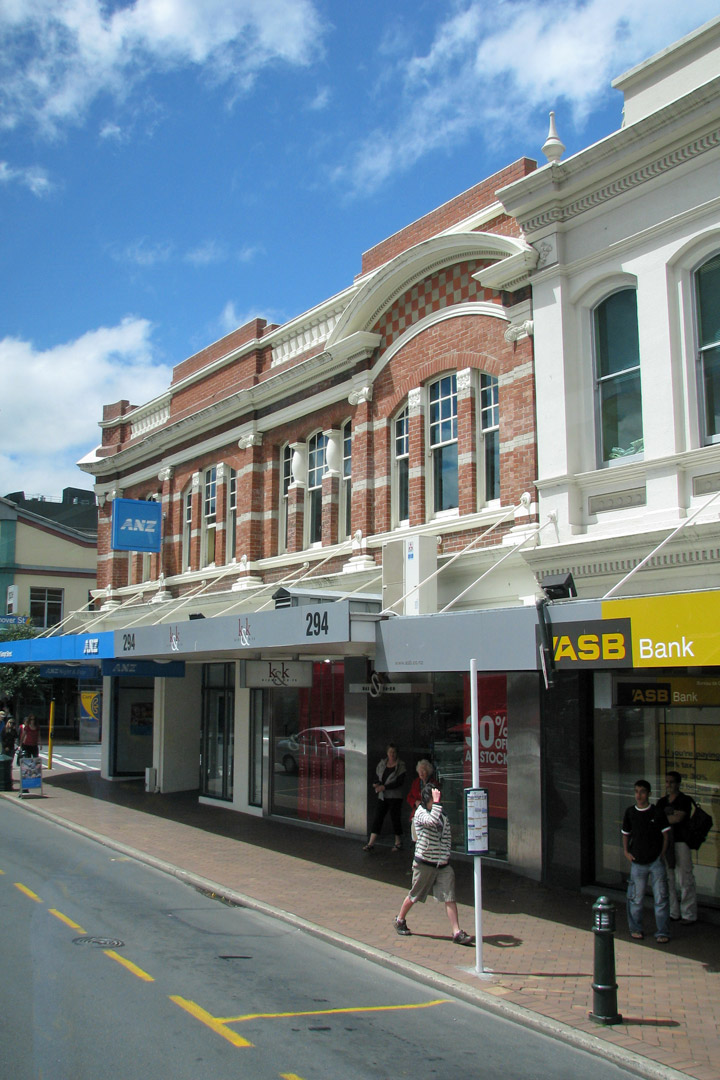
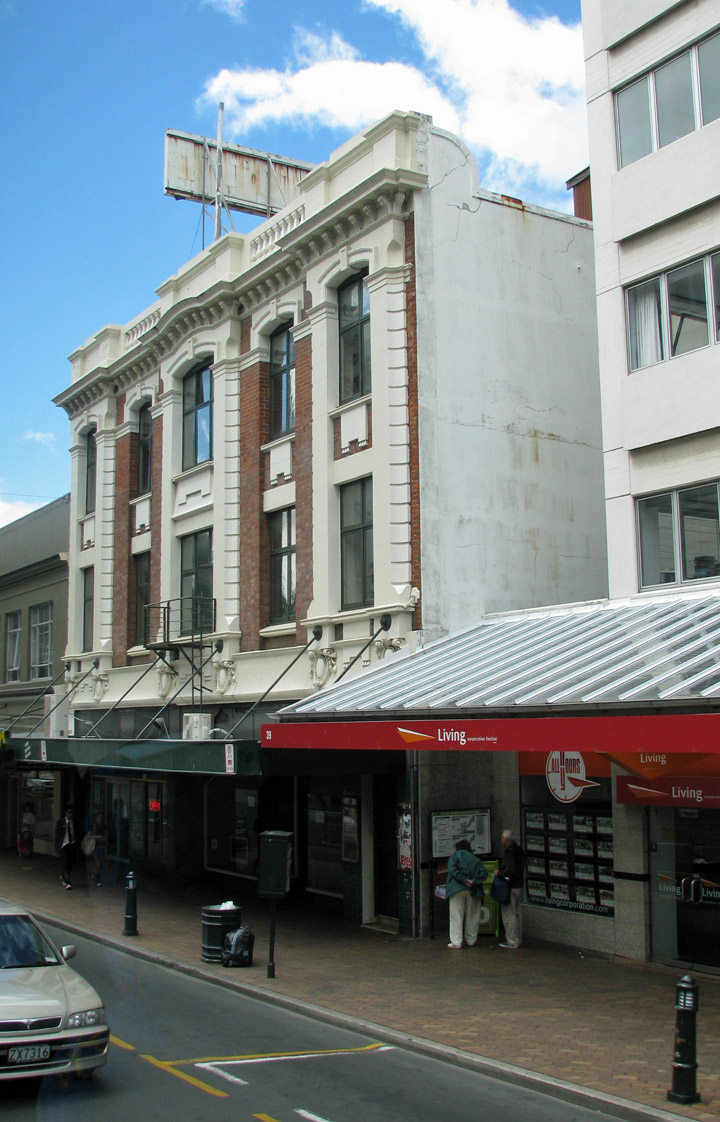
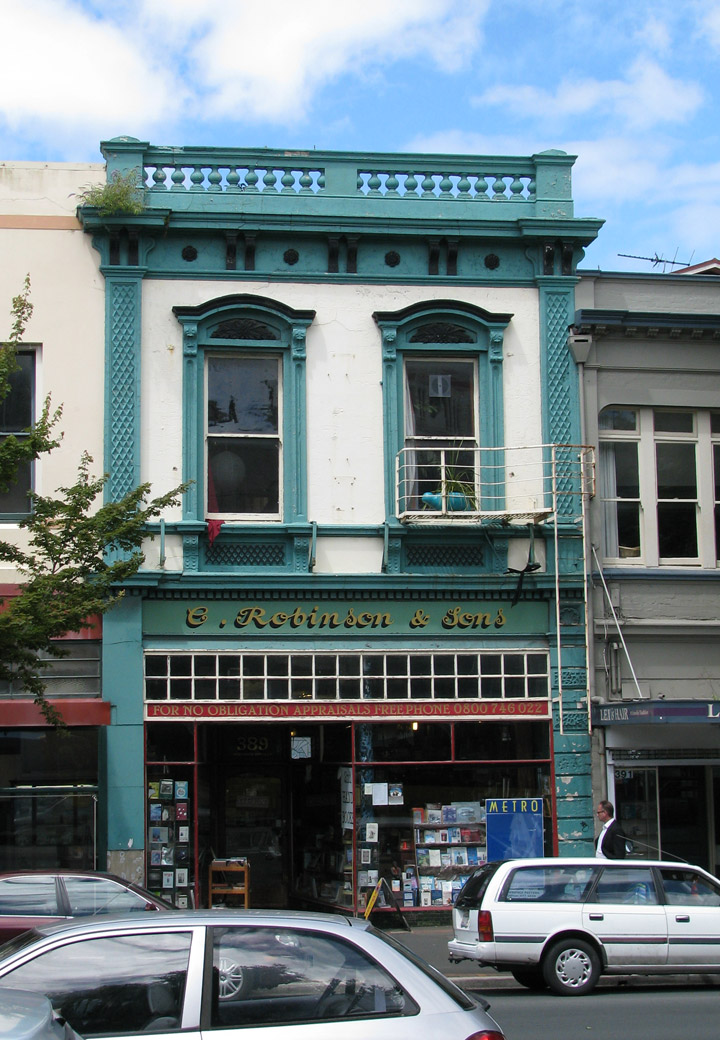

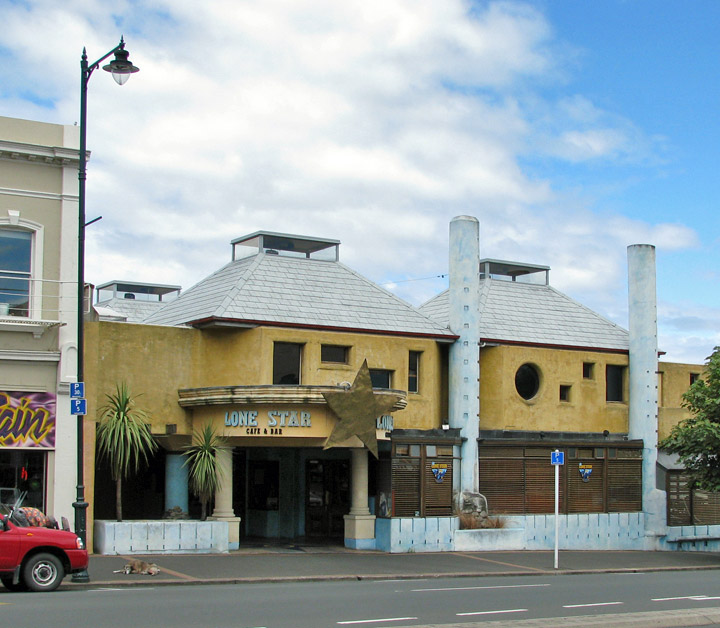

bride and groom on the cake

or maybe ?
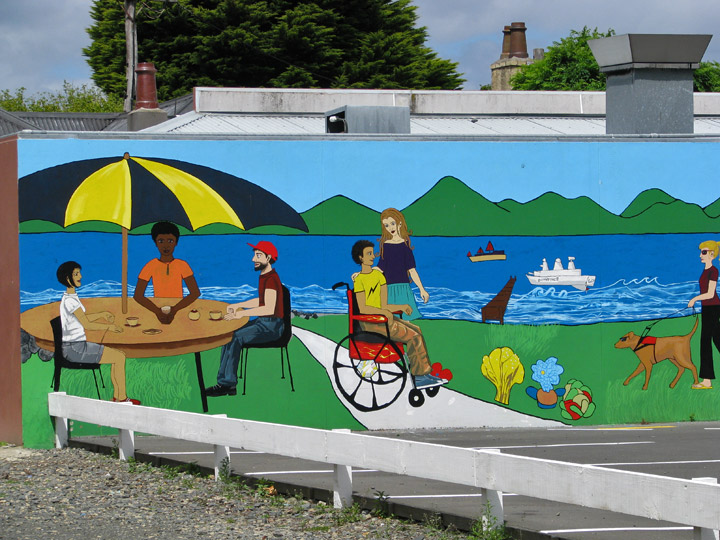
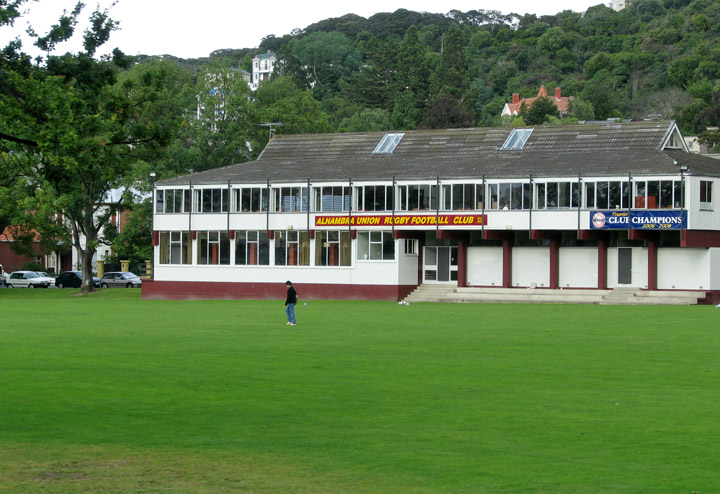
Rugby Football Club